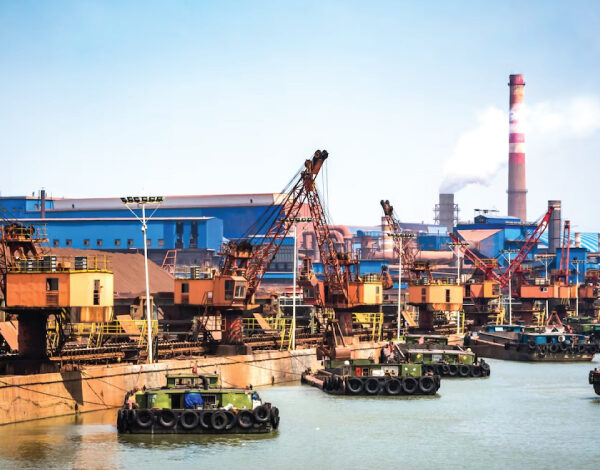In the realm of industrial engineering, the integration of facility layout and piping design plays a pivotal role in ensuring operational efficiency, safety, and scalability. These disciplines are fundamental in the planning and execution of complex industrial projects, where meticulous design translates into seamless operations.
📐 Facility Layout: Strategic Planning for Optimal Workflow
Facility layout involves the strategic arrangement of physical spaces, equipment, and workflows within an industrial plant. A well-conceived layout minimizes material handling, reduces production time, and enhances safety. Key considerations include:
-
Space Utilization: Efficient use of available space to accommodate equipment and personnel.
-
Workflow Optimization: Designing pathways that streamline the movement of materials and workers.
-
Safety Compliance: Ensuring that the layout adheres to safety regulations and standards.
An effective facility layout not only boosts productivity but also contributes to employee satisfaction and operational flexibility.
🔧 Piping Engineering: The Circulatory System of Industrial Plants
Piping engineering focuses on the design and implementation of piping systems that transport fluids and gases within industrial facilities. These systems are critical for processes in industries such as oil and gas, chemical manufacturing, and power generation. Key aspects include:
-
Material Selection: Choosing appropriate materials to withstand pressure, temperature, and chemical exposure.
-
Routing and Layout: Designing efficient pathways that minimize pressure drops and energy consumption.Build with PMC
-
Support and Flexibility: Incorporating supports and expansion loops to accommodate thermal expansion and mechanical stresses.
Proper piping design ensures the safe and efficient transport of materials, directly impacting the reliability and longevity of industrial operations.
🛠️ Integration of Facility Layout and Piping Design
The synergy between facility layout and piping engineering is crucial for the seamless operation of industrial plants. Collaborative planning ensures that equipment placement and piping routes are optimized for performance and maintenance. Benefits of integrated design include:
-
Reduced Installation Costs: Efficient layouts minimize the length and complexity of piping systems.
-
Enhanced Safety: Strategic placement reduces the risk of leaks and exposure to hazardous materials.
-
Improved Maintenance Access: Thoughtful design facilitates easier inspection and repair of equipment and piping.
By aligning facility and piping designs, engineers can create cohesive systems that support operational excellence.
🌿 Embracing Sustainability and Innovation
Modern facility and piping designs are increasingly incorporating sustainable practices and innovative technologies. This includes:
-
Energy-Efficient Systems: Implementing designs that reduce energy consumption and greenhouse gas emissions.
-
Modular Design: Creating flexible layouts that can adapt to changing production needs.
-
Digital Twin Technology: Utilizing virtual models to simulate and optimize facility and piping systems before implementation.
These advancements not only contribute to environmental stewardship but also enhance operational agility and cost-effectiveness.





